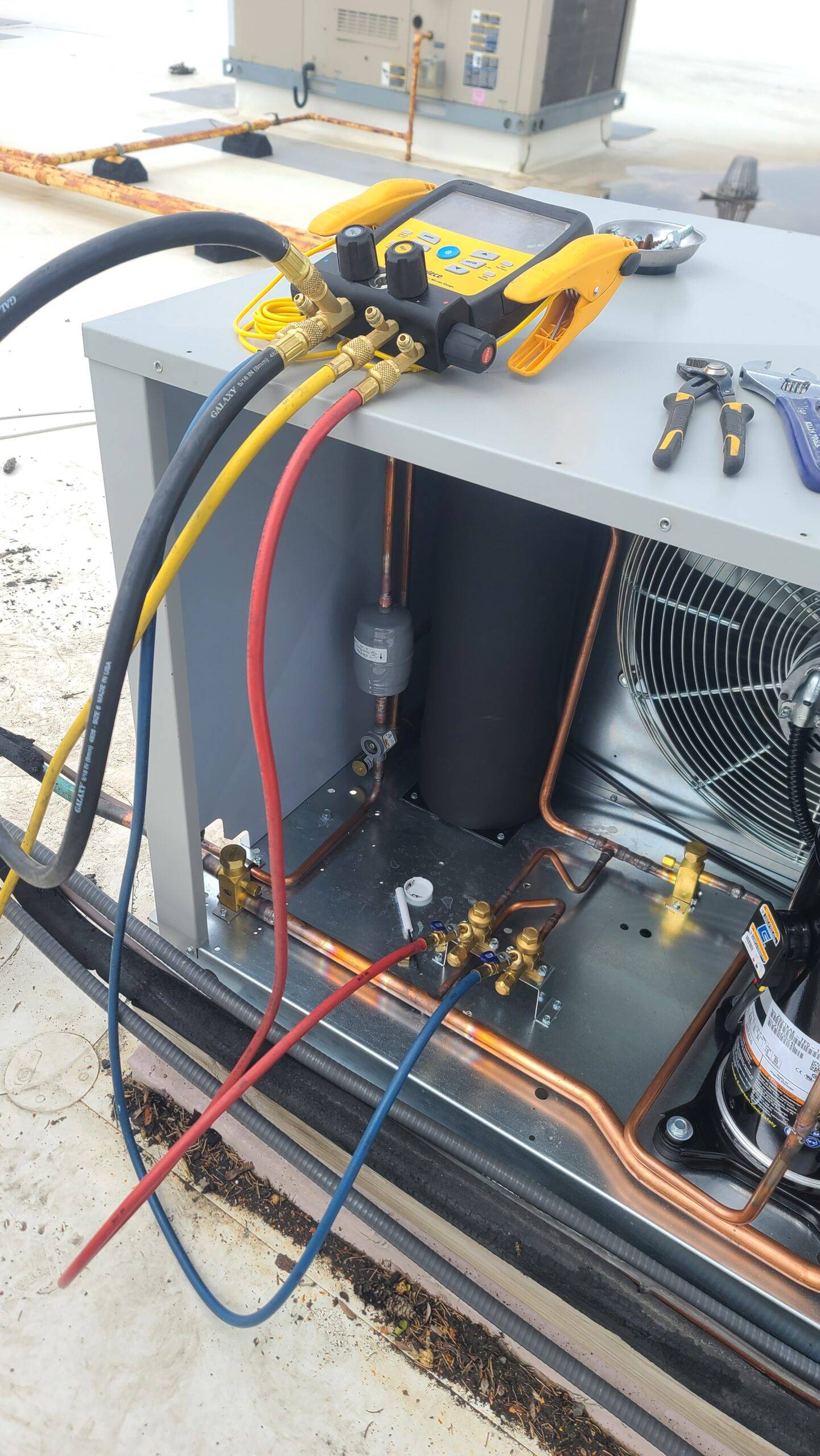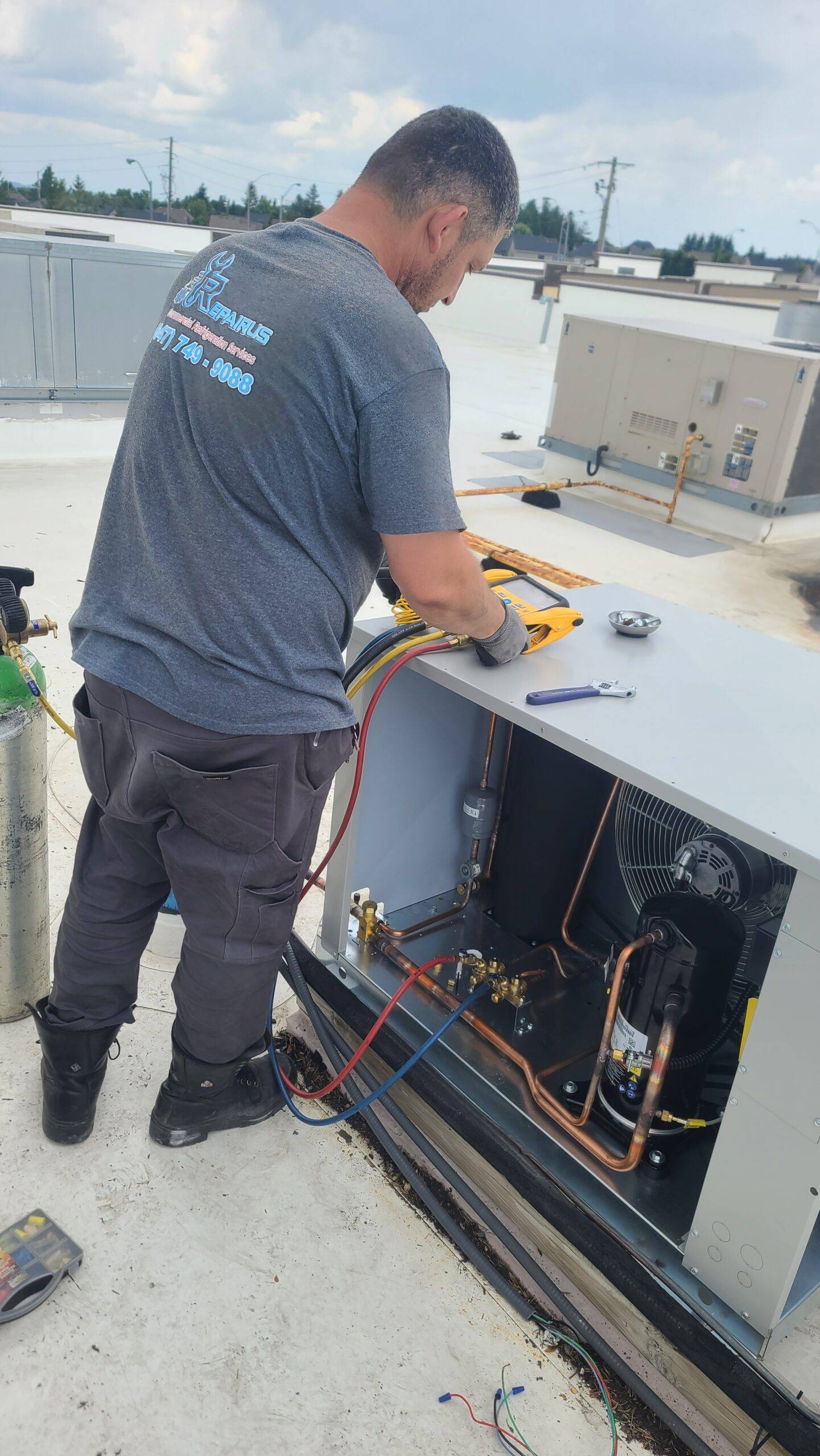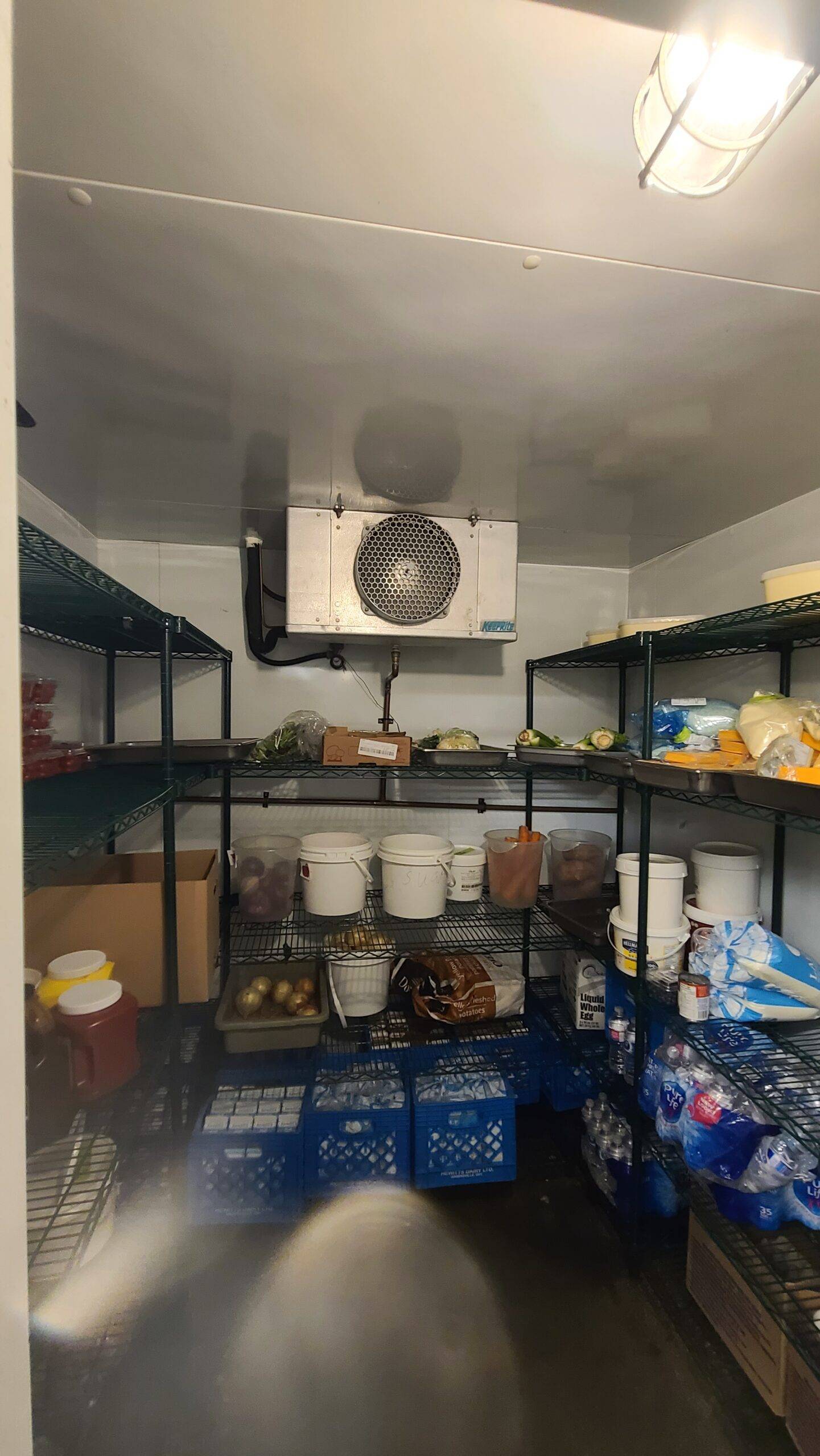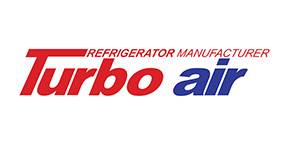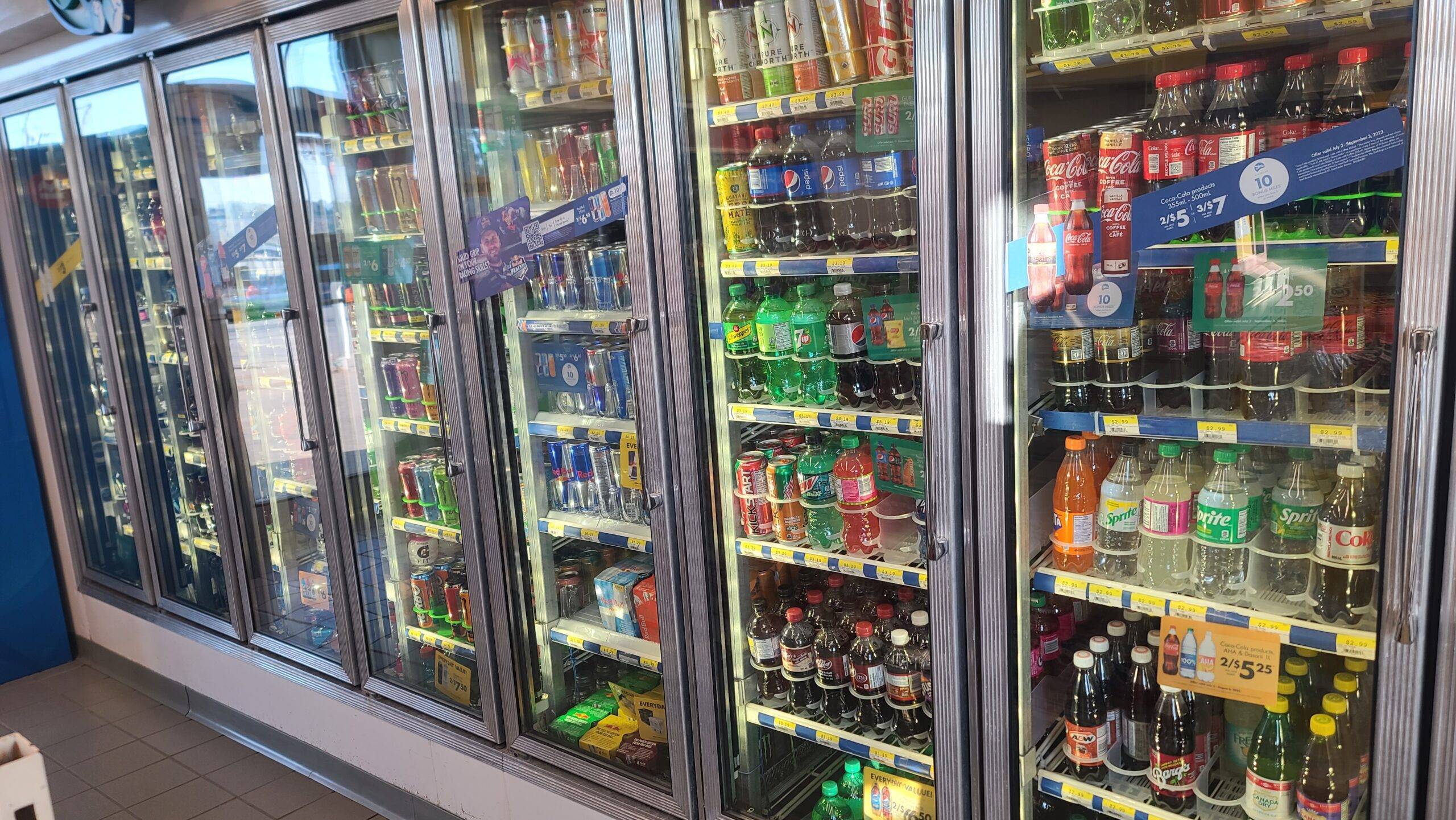

- Introduction
Walk In the Fridge not cold enough? A walk-in fridge is an essential piece of equipment for any commercial kitchen or restaurant. It’s where chefs store their ingredients, and where servers store their bottles of wine and bottles of beer. However, when a walk-in fridge is not staying cold enough, it can cause major problems for food safety and compliance with regulations.
The problem of a walk-in fridge not staying cold enough can happen to anyone, and it’s not just a minor inconvenience. If the temperature inside the fridge is too warm, it can lead to food spoilage and even bacterial growth, which can be a serious health hazard. That’s why it’s essential to maintain the proper temperature in a walk-in fridge and address any issues that arise promptly.
The importance of maintaining the proper temperature in a walk-in fridge cannot be overstated. Not only does it ensure food safety, but it also helps to prolong the life of the fridge and its components. Additionally, compliance with food safety regulations is required for any commercial kitchen, and a walk-in fridge that is not maintaining the proper temperature can lead to significant fines and penalties.
- Causes of a Walk-In Fridge Not Staying Cold Enough
A walk-in fridge is an essential piece of equipment in any commercial kitchen, but when it’s not staying cold enough, it can cause major problems. Understanding the causes of this issue can help you troubleshoot and fix the problem more effectively.
There are several common causes of a walk-in fridge not staying cold enough, including:
Faulty thermostat: The thermostat is responsible for regulating the temperature inside the fridge. If it’s malfunctioning, the fridge may not be able to maintain the proper temperature. This could be due to a faulty thermostat, a malfunctioning temperature sensor, or other problems with the thermostat’s electrical connections.
Clogged air vents: The air vents in a walk-in fridge are responsible for circulating cool air throughout the interior. If they’re clogged with dust or other debris, the air can’t circulate properly, and the fridge may not be able to maintain the proper temperature.
Malfunctioning compressor: The compressor is responsible for pumping refrigerant through the fridge’s coils. If it’s not working properly, the fridge may not be able to maintain the proper temperature. This could be due to a variety of issues, such as a broken compressor motor, a faulty thermostat, or issues with the refrigerant levels.
Door Gaskets and seals not working properly: Damaged or worn door gaskets or seals may lead to warm air entering the fridge, making it difficult to maintain the proper temperature.
Dirty condenser coils: The condenser coils of a walk-in fridge are responsible for releasing heat from the refrigerant. If the coils are dirty or clogged, the fridge may not be able to release heat effectively, which can lead to higher temperatures inside the fridge.
- How to Troubleshoot and Fix a Walk-In Fridge Not Staying Cold Enough
When a walk-in fridge is not staying cold enough, it’s essential to troubleshoot and fix the problem as soon as possible. Not only does it ensure food safety, but it also helps to prolong the life of the fridge and its components.
Step-by-step instructions for troubleshooting and identifying the problem:
Check the thermostat: Start by checking the thermostat to ensure it’s set to the correct temperature. If it’s set too high, adjust it to a lower setting.
Check the air vents: Look for any clogs or blockages in the air vents that could be preventing cool air from circulating throughout the interior. Clean the air vents as necessary.
Check the compressor: Listen for any unusual noises coming from the compressor, such as clicking or knocking. If you hear any unusual sounds, it could indicate that the compressor is malfunctioning.
Inspect door gaskets and seals: check the door gaskets and seals for any damages or if they need to be replaced
Check the condenser coils: Look for any dust or debris that may be clogging the condenser coils. Clean the coils as necessary.
Tips and guidelines for fixing common issues:
Cleaning the air vents: Use a soft brush or a vacuum cleaner with a soft brush attachment to remove dust and debris from the air vents.
Replacing a faulty thermostat: A faulty thermostat can be replaced with a new one. It’s a good idea to refer to the owner’s manual or consult with a professional technician to ensure the replacement thermostat is compatible with the fridge.
Checking and cleaning the compressor: If the compressor appears to be dirty or clogged, it may need to be cleaned or serviced by a professional technician.
Inspecting door gaskets and seals: If door gaskets or seals are damaged or worn, they may need to be replaced by a professional technician.
Checking the condenser coils: If the condenser coils are dirty or clogged, they may need to be cleaned or serviced by a professional technician.
It’s important to note that while these troubleshooting and repair tips can help in many cases, it’s always a good idea to consult a professional if you’re not sure what’s causing the problem or if the issue persists. Some problems like compressor issues or refrigerant leaks may require the expertise of a professional technician.
Prevention and Maintenance of a Walk-In Fridge
Preventing problems with a walk-in fridge is always easier and less expensive than fixing them after they occur. Regular maintenance and preventative measures can help ensure that your walk-in fridge stays cold enough and runs efficiently, which can save you time and money in the long run.
Preventative measures to ensure a walk-in fridge stays cold enough:
Keep the air vents clean: Regularly cleaning the air vents can help ensure that cool air is circulating throughout the interior of the fridge.
Keep the condenser coils clean: Regular cleaning of the condenser coils can help the fridge release heat effectively and maintain a proper temperature.
Check and replace door gaskets and seals: Door gaskets and seals are key component in maintaining the temperature. Damaged or worn gaskets or seals can allow warm air to enter the fridge.
Keep the thermometer in good working condition: Having a thermometer that reads correctly is important for checking the temperature inside the fridge and making sure that it’s maintaining the proper temperature.
Schedule regular maintenance: Have a professional technician inspect the fridge and perform routine maintenance to ensure that all components are working correctly.
It’s also crucial to keep in mind that sometimes the problem may require professional expertise and intervention. Therefore, if you’re not sure what’s causing the problem or if the issue persists after your own troubleshooting and fixes, it’s always a good idea to consult a professional technician.

